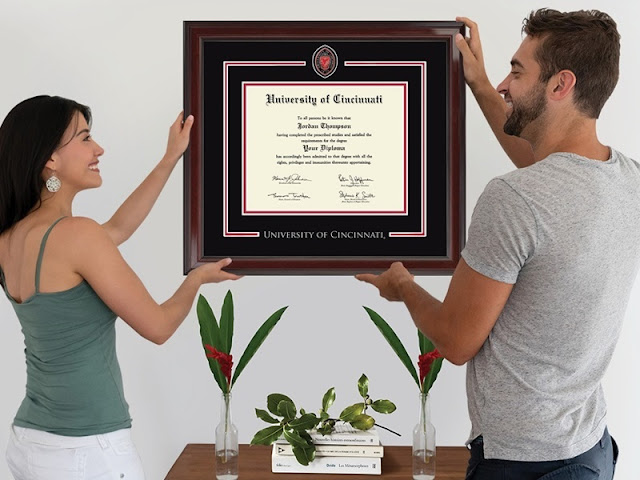Everything You Need to Know About Junction Boxes
Household and commercial wiring can get complicated, with dozens of wires, outlets, and electrical fixtures working together to bring comfort, convenience, and safety. An often overlooked but crucial role in this network is that of the humble junction box. Made of plastic or metal and in various shapes and sizes, these essential electrical components protect wiring and electrical connections from external factors, damage and electrical hazards.
What is a Junction Box?
Junction boxes are enclosures that act as the central point where wires connect to form a circuit. Their main role is to protect electrical connections and serve as an easy access point for maintenance or modifications. The different designs and sizes can accommodate between two and six wires to offer a secure connection to existing wiring, and the ability to easily upgrade and add additional circuits and electrical fixtures.
How and Why They're Used
Consider installing and using a reliable electric junction box in the following scenarios:
- Outdoor wiring protection - junction boxes shield wiring and connections from external factors, such as dust, rainfall, moisture and heat. Look for boxes with suitable IP ratings to get the best protection and prevent common electrical faults such as short-circuiting and electrical fires.
- Protection against intentional tampering - boxes fitted with locking mechs do an admirable job of shielding electrical connections and internal metal components from intentional tampering and vandalism. Sturdy metal and plastic covers also prevent damage and mishaps from impact or accidental hits.
- Organised wiring - electrical connections involve cutting, splicing and splitting wire runs into multiple circuits. A secure electrical junction box provides a neat and organised way to route wiring through homes and businesses, while also meeting wiring rules in terms of safety precautions. Boxes additionally make it easier to access wiring runs in the event of electrical faults, and when expanding the network with new connections, fixtures or appliances. And they canbe marked to inform homeowners and sparkies of the type of wiring and the current it provides.
- Safety - another reason why junction boxes simplify wiring. Most are fitted with earthing or emergency precautions to cut current during electrical faults. This prevents accidents like burns, electrocution, electrical fires and damage to appliances or devices connected to the circuit.
Material Considerations
Different materials and design specifics determine how and where a junction box is used. Metal types are used in both residential and industrial wiring with metallic sheathing and standard Romex wire. Stainless steel and aluminium boxes are preferred for their high strength, inherent impact resistance, ability to cope with temperature extremes and good resistance to rusting and corrosion. They're the traditional choice, often fitted directly to indoor and outdoor masonry walls for a neat and recessed look.
Choose plastic junction boxes if you're looking for enclosures that are easy to work with, affordable and lightweight. Many plastic boxes come with integrated clamps for simplified fixturing, easier routing with pre-cut holes and standardised features that make DIY wiring safer and faster. Some downsides are the lower strength, the tendency to deform over time and lower fire and impact resistance compared to metal types, though, for residential wiring purposes, the durable PVC plastic meets most needs.
Shapes, Sizes and Designs
Shapes and sizes also mean different uses. Go with shallow round pan junction boxes for connections required in ceilings and wall lighting. These may be compact but provide enough space for an earth wire for added protection against electrocution or electrical fires. Standard rectangular types are seen in single-conductor connections for outlets and have detachable sides, so two or more boxes can be linked. Square boxes are ideally used with multiple connections, routed in different directions. These also have a smaller footprint, making them ideal for a flush or recessed fit.
Round or octagon types are suitable for lamps and ceiling lights, PVC or metal outdoor boxes provide superior protection against water and dust ingress in exterior walls or roof decks, while multiple-gang boxes can connect several outlet devices, usually in a commercial or industrial setting.
What to Look for In Junction Boxes
- Compliance with Wiring Rules - every electric junction box sold and installed in Australia must meet set electrical standards. This relates to proper grounding, installation in suitable locations, and that the box is designed to carry a specified electrical load. Boxes should also be accessible for easy repairs and properly marked with warning signs.
- Protection ratings - look for IP ratings to ensure the junction box is suitable for the setting. Outdoor boxes can withstand water splashes and dust ingress while keeping connections protected and dry.
- Materials - plastic boxes are cheaper, more suited to indoor and residential uses and also easier to work with. Choose steel or aluminium electrical boxes for outdoor and industrial settings, when installing wires with metal sheathing, and increased protection against forced impact and heat.
- Size and shape - as mentioned, sizes and shapes mean some junction boxes are a better fit than others and that connections and other fixtures are secured and properly installed.




Comments
Post a Comment